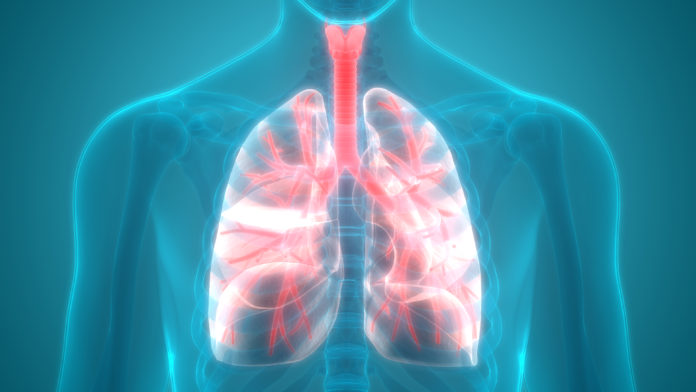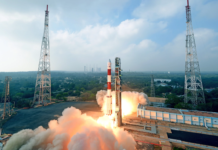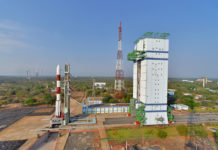If there is one thing all scientists recognize, it is that no one has answers to everything in the universe. Earlier this year, a group of researchers discovered a body organ that had previously been misidentified. Researchers from the University of California San Francisco would also agree with that assessment.
May lungs be blood-making organs?
Scientists have always known that the lung can be a site for the synthesis of platelets, which are the cellular blood components responsible for blood clotting after an injury. Another accepted fact was that the bone marrow was the site where most platelets were produced, and the lungs supplemented these platelets. The research team from UCSF recently conducted a study on mice that proved that it is, in fact, vice versa.
The team, in their publication in Nature scientific journal, explained how they came to this conclusion. First, the group of scientists injected a bioluminescent material called Green Fluorescent Protein (GFP), which is similar to the protein found in animals like jellyfish, into the megakaryocytes of the rats. Megakaryocytes are the platelet-making cells present in a mammal’s body. Once the platelet-creating cells were fluoresced, the team was able to track the movements of the cells.
The team used a technique called the two-photon intravital imaging to trace the path of the megakaryocytes within the rat’s body. It was formerly assumed that megakaryocytes resided within the bone marrow and only traveled to the lungs periodically. However, the UCSF research team discovered that the megakaryocytes frequently moved between the lungs and the bone marrow. “We were surprised to find out that the [megakaryocytic] cells moved from the marrow to the lungs to make platelets,” a member of the research team, Guadalupe Ortiz-Muñoz commented. Professor Mark Looney, who headed the study, likened the movement of the megakaryocytes to ‘a regular part of studying abroad in the stem cell education.’
That was not all that the team discovered. Far from just making platelets, the UCSF group noted that the mammary pulmonary organs made about ten million of the rats’ platelets in an hour, amounting to over fifty percent of the total number of platelets within the body. “We realized that lungs are not just essential to respiration, they are crucial to blood formation,” said Looney.
Looney and his team stated that the results of the study conducted on the rats might be a precursor to the lung function in human beings.
If so, what next?
Looney and his team wanted to know how their discovery may impact on future studies on lung inflammation and transplants, so they conducted another experiment.
The team harvested a piece of a rat’s lung and transplanted it into a rat whose platelet count was low. The results were positive as the platelet-deficient mouse regaining a normal platelet count within days of the transplant. The team also conducted another test on the mice and found out that when a lung was transplanted into a rat with no stem cells in the bone marrow, the lung supplied the marrow with megakaryocytes that formed platelets, B cells, and T cells.
Should the same be true for humans, lungs could be used to save numerous lives in future.




